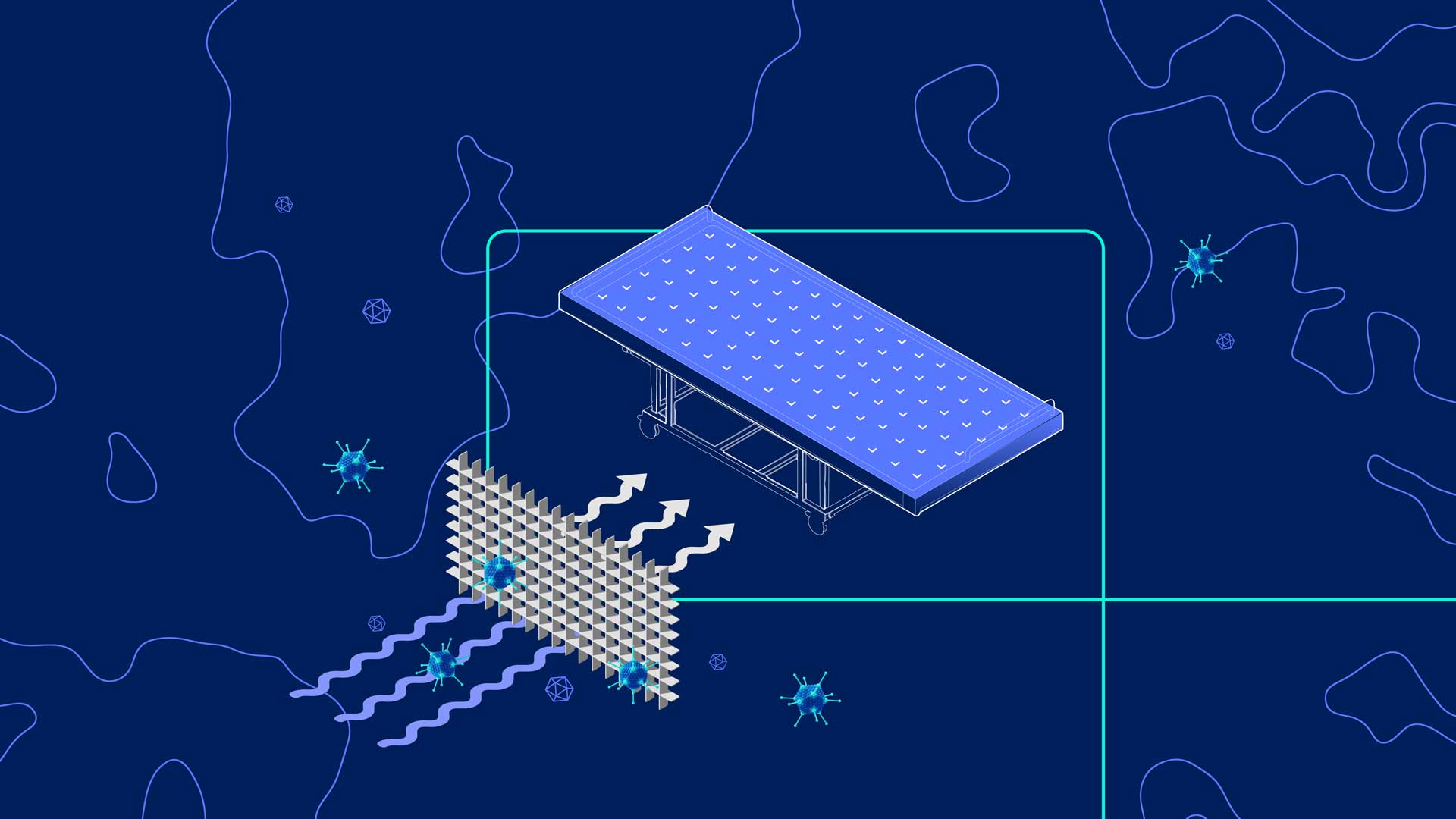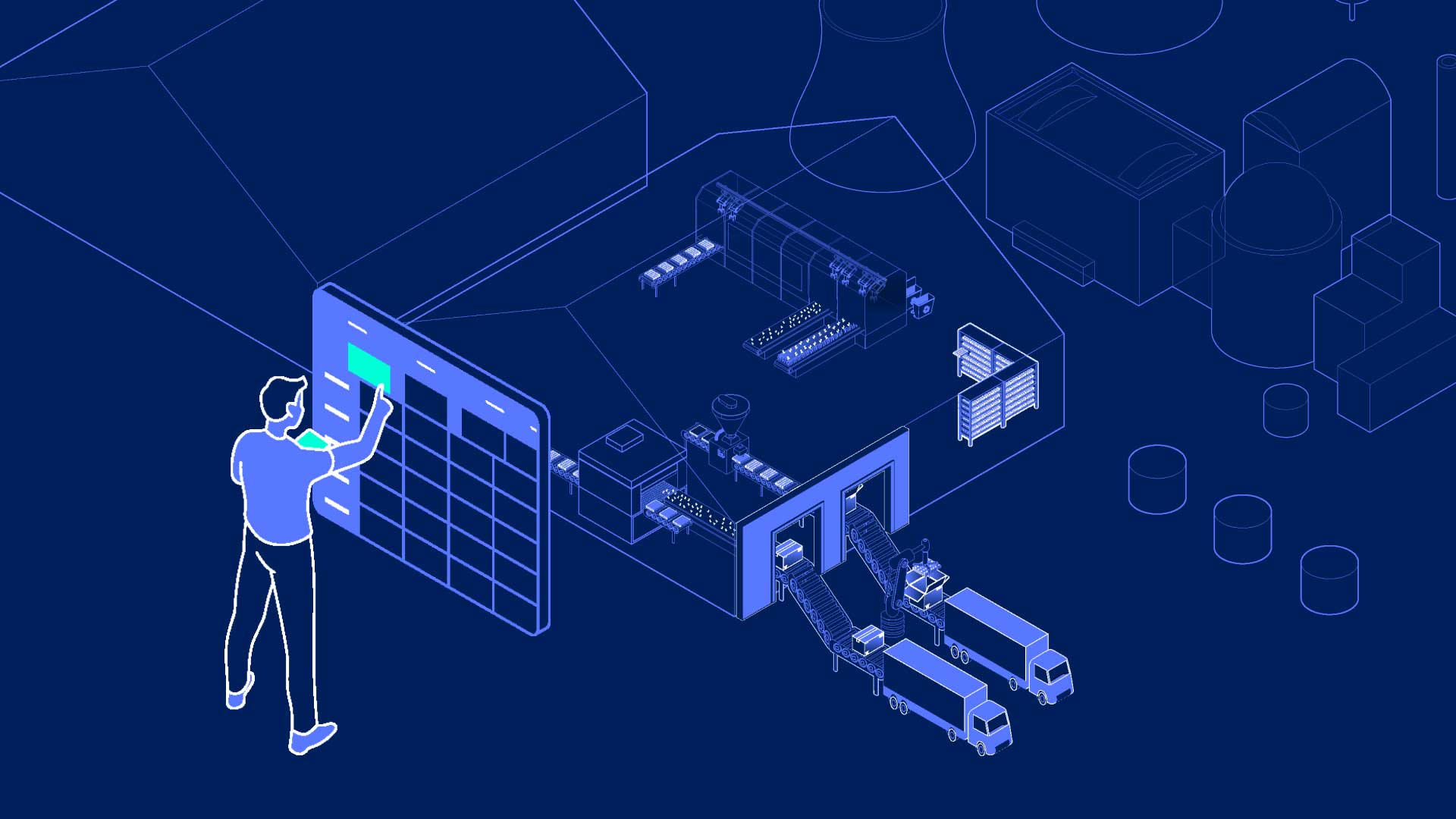Nearly all vegetables and fruits need light to grow. Whether the source is the sun or artificial lighting in an indoor horticultural environment, plant growth is affected by light intensity, spectrum, and duration.
Photon flux density (PFD) - which refers to the intensity of photosynthetically active photons hitting a plant’s surface area - greatly impacts a plant’s biomass and growth rate. Varying the photoperiod (the timing and duration of light) can effectively regulate the flowering times of certain short-day and long-day plants. It can also extend growth periods in winter months with reduced daylight hours or reduce the crop cycle by one third by supplementing daylight hours.
Spectral power distribution and plant growth
However, plants are also very strongly affected by spectral power distribution, which refers to the intensity of light at the different wavelengths within the complete spectrum. The mix of blue, green, yellow, red, far-red or non-visible UV or IR is important for growth, shape, development and flowering. Additionally, plants’ spectral response varie as they progress through their growth cycle.
A combination of blue and red light is commonly used in horticulture which gives the appearance of pink light to the human eye. In general, a red and blue combination maximises the photosynthetic rate and healthy plant growth, as this wavelength profile corresponds to the absorption peaks of chlorophyll.
Wavelengths of 450 nm (deep blue) and 660 nm (hyper red) both provide energy for the plant. But the blue light, which is absorbed by cryptochrome within plants, is also responsible for photomorphogenic (light-mediated plant development) functions such as stomatal control, stem elongation, and phototropism (light-stimulated plant movement or growth).
Far-red 730 nm can be used to influence the plant’s height. This wavelength can also make a plant’s flowers bloom in winter or even prevent them from blossoming in summer.
Although green wavelength light is not easily absorbed and is generally assumed to have a lesser effect on plant growth and photosynthesis, some research has indicated that mixing 24 per cent of green fluorescent light (500 to 600 nm) with red and blue light (630 and 470 nm respectively) produces more biomass than other wavelength mixes. This may be because green light can penetrate lower than red or blue light into the plant canopy, allowing the lower plant leaves to use the green light for photosynthesis.
Intelligent Grid; providing the best greenhouse light solution
You can use IGS’s Intelligent Grid’s LED horticultural lights to give your fruits and vegetables the light they need, when they need it. Intelligent Grid allows you to spectrally tune the lights precisely to your plants’ specific requirements, and then perform ongoing growth-stage appropriate adjustments. Accordingly, you can establish monoculture or polyculture year-round environments within indoor growing spaces to gain greater yields with enhanced shelf life, flavour, appearance, and nutrition.
Intelligent Grid also allows you to cost-effectively adapt layouts and maintain optimal light delivery across different seasons and crop types, as its flexible, modular design enables luminaires and other devices to be quickly moved, without the need for external contractors.
Additionally, using the Intelligent Grid’s unique, patented three-phase power delivery system can deliver significant reductions to carbon footprint, providing energy savings of up to 40 per cent compared to competitive LED systems, 70 per cent versus fluorescent lighting, and 90 per cent versus HPS.
While providing the best light for veg and fruits, Intelligent Grid also offers many advantages through its IoT connectivity. UV levels can be automatically reduced on detection of human presence for safety; sensors can control blinds, monitor CO2 levels and manage daylight harvesting, for example. Sensors, cameras, and devices connect to the Cloud for control, monitoring and data analysis. Your greenhouse therefore becomes a precision-controlled environment that can be easily managed from your mobile phone.
If you enjoyed this article, you might be also interested in our Battle of the Bulbs: LED vs HPS blog post.






.jpg)
